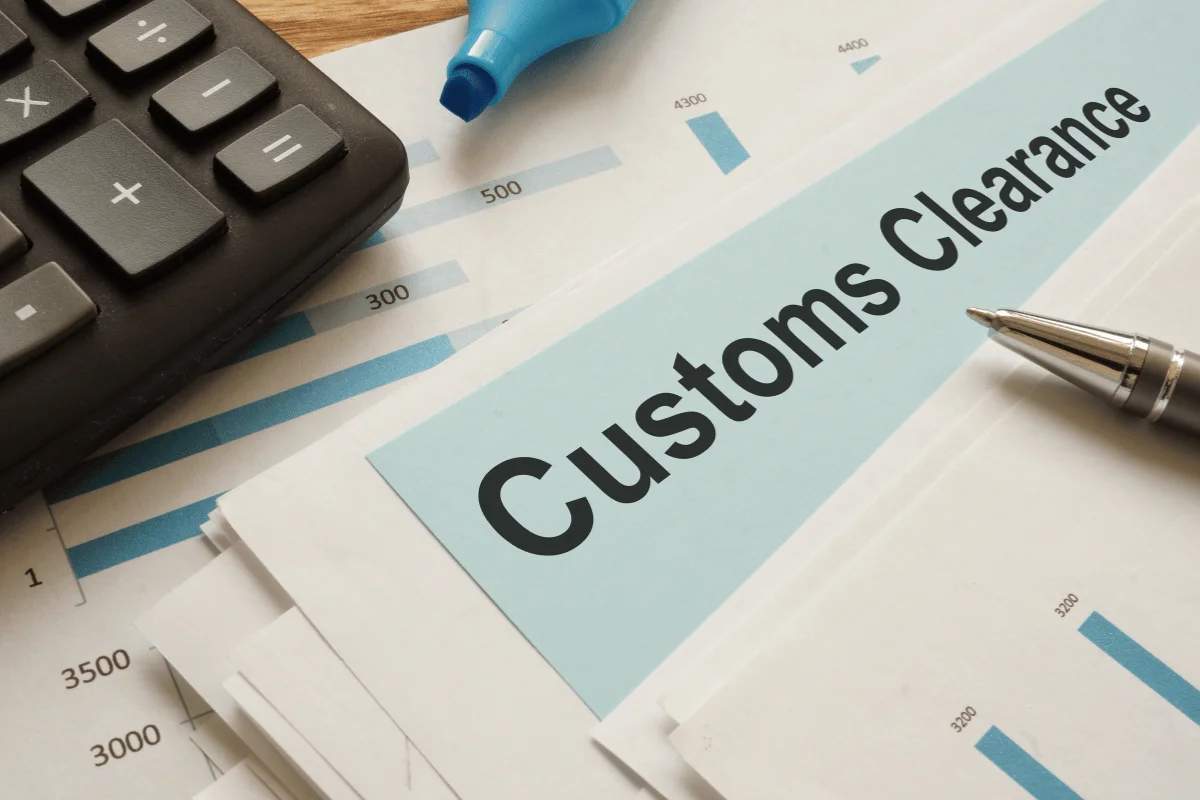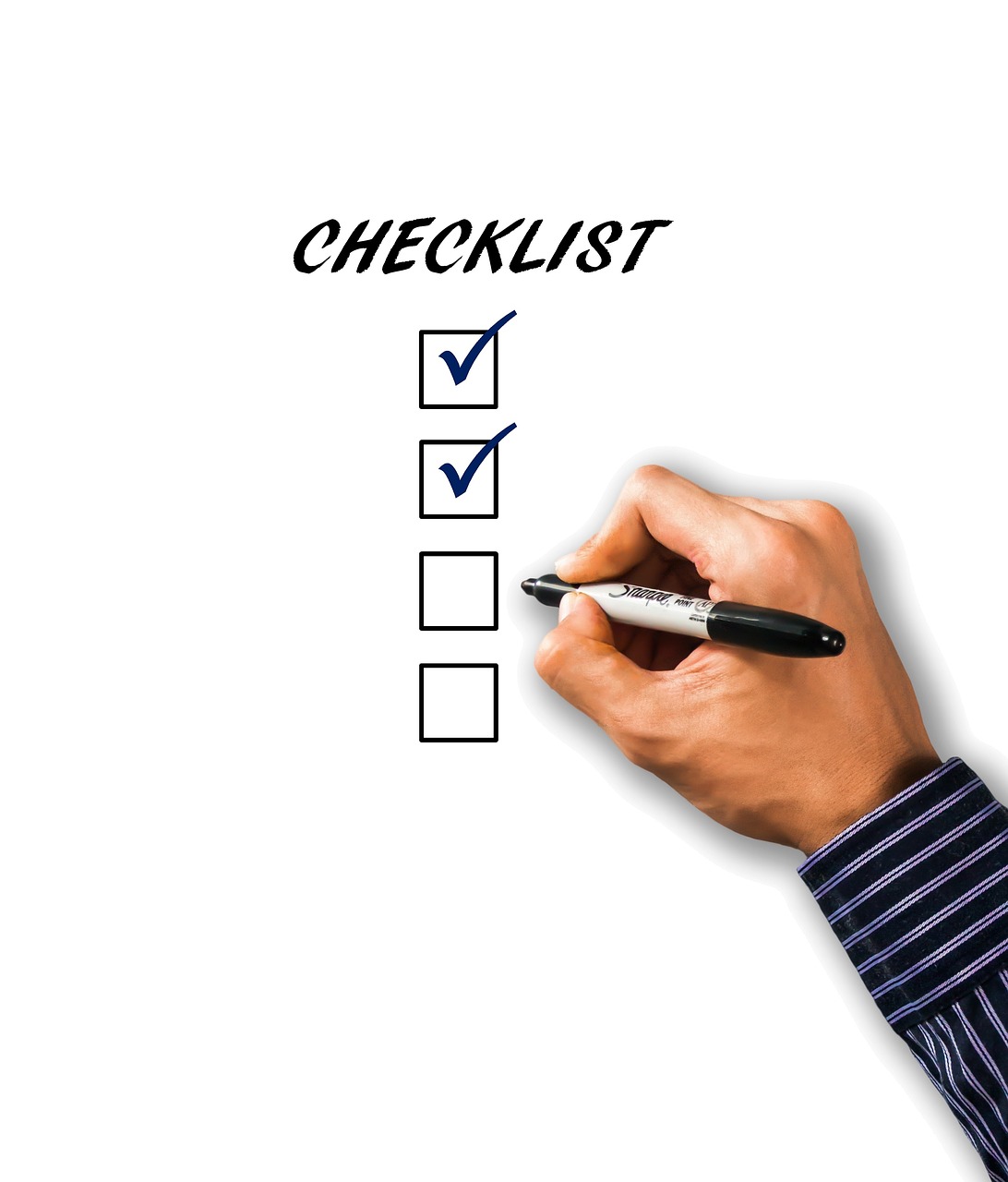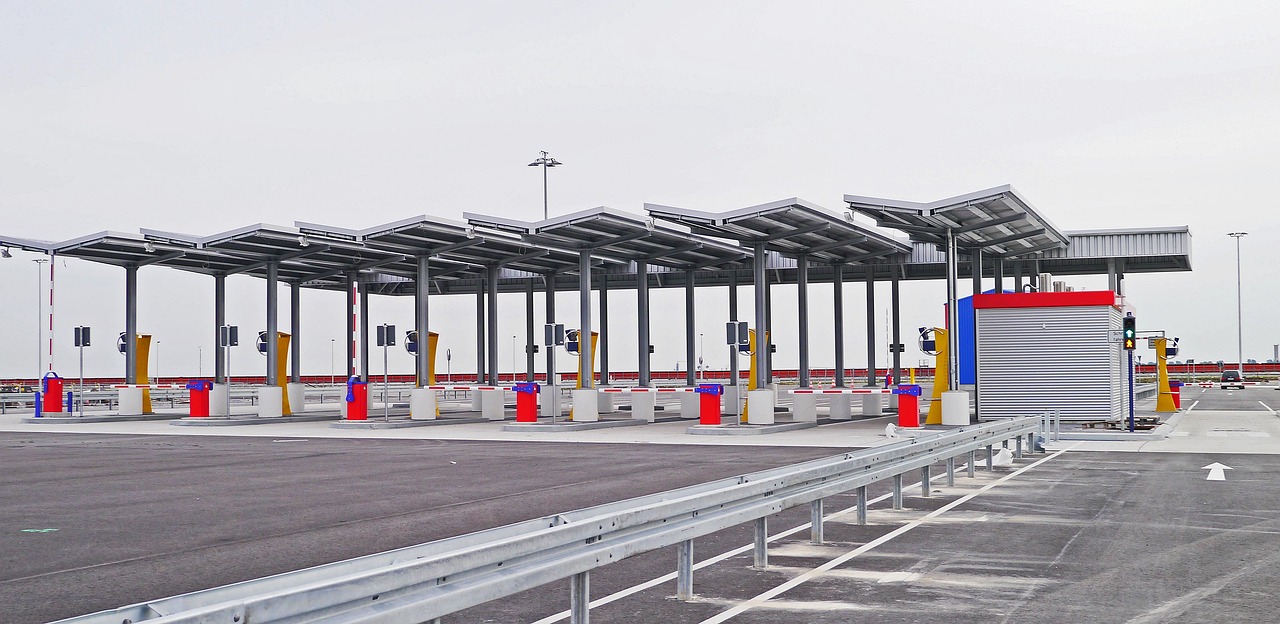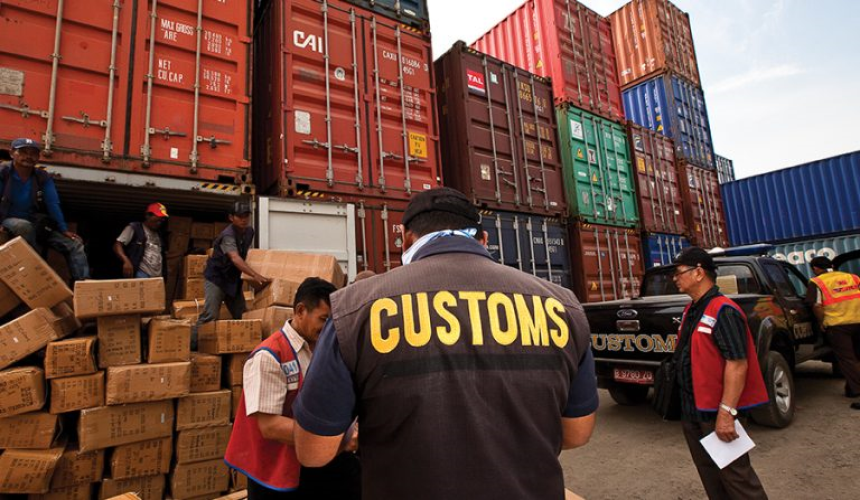Customs clearance is the process through which goods are officially approved by the customs authorities when entering or leaving a country. This process ensures that imported and exported goods meet the legal, regulatory, and safety requirements of the destination country. Customs clearance is a critical step in the export process, and understanding it can save exporters a lot of time, money, and frustration. Here are some key points that every exporter should know:

1. Documentation is Crucial
Exporters must provide the correct documentation for customs clearance. The most common documents include:
- Commercial Invoice: Lists the goods, prices, and terms of sale.
- Packing List: Details the contents of each package.
- Bill of Lading or Airway Bill: Evidence of the contract of carriage.
- Export License: If required for specific goods.
- Certificate of Origin: Proves the origin of the goods.
- Insurance Certificate: Proof of insurance coverage during transit.
- Customs Declaration Form: The exporter or their agent files this to declare the goods for customs inspection.

2. Tariffs and Duties
Tariffs and duties vary by country, product, and trade agreements. Exporters should:
- Know the applicable tariff codes (HS codes) for their products.
- Understand the customs duties and taxes applicable in the destination country.
3. HS Code Classification
The Harmonized System (HS) Code is a standardized classification used worldwide to describe and categorize goods for customs purposes. Incorrect classification can lead to delays, fines, or higher duties.
4. Customs Duties and Taxes
- Customs Duties: A tax placed on imported goods, usually based on their classification and value.
- Value Added Tax (VAT) or Goods and Services Tax (GST): Some countries charge VAT/GST on goods being imported. Exporters need to know the applicable duties and taxes in the destination country and who is responsible for paying them—either the exporter, importer, or a third party.
5. Customs Valuation
Customs authorities typically calculate duties and taxes based on the Customs Value of the goods. This value is often determined by the Transaction Value, which is the price paid for the goods. However, other methods may apply if the transaction value is unavailable or deemed unreliable.

6. Import Restrictions and Prohibited Goods
Certain products may be subject to import restrictions or outright bans in some countries. Exporters should:
- Research the specific regulations for their goods in the destination country.
- Ensure the goods are not restricted or prohibited (e.g., hazardous materials, firearms, or counterfeit items).
7. Understanding Incoterms
Incoterms (International Commercial Terms) define the responsibilities of buyers and sellers, especially when it comes to shipping, insurance, and customs clearance. Common Incoterms that affect export processes include:
- FOB (Free On Board): The seller clears the goods for export, but the buyer is responsible for customs in the destination country.
- CIF (Cost, Insurance, and Freight): The seller handles shipping and insurance but does not cover customs clearance at the destination.
8. Export Control Regulations
Exporters must ensure they comply with their home country’s export control regulations (e.g., the U.S. Export Administration Regulations or EU export controls). This is especially important for sensitive products like technology, military goods, or products with dual-use capabilities.
9. Customs Brokers
Many exporters choose to work with customs brokers, who are licensed professionals that assist with the customs clearance process. A broker can:
- File customs declarations.
- Provide advice on tariffs, duties, and compliance.
- Help navigate complex customs procedures, especially in unfamiliar markets.

10. Time and Planning
Customs clearance can take time, and delays often occur due to incomplete or incorrect paperwork. Planning ahead and allowing time for customs inspections can help avoid shipping delays and ensure a smooth export process.
11. Country-Specific Customs Procedures
Customs procedures vary by country. Some common steps include:
- Customs Declaration: Ensuring that all goods are declared and classified correctly.
- Inspection: Customs may inspect the goods, especially if they are high-risk or require additional documentation.
- Payment of Duties and Taxes: Ensuring that the correct fees are paid.
- Clearance and Release: Once everything is approved, the goods are cleared for delivery to the importer.
12. Risks and Penalties
Non-compliance with customs regulations can result in penalties, fines, or even seizure of goods. To minimize risks, ensure:
- Proper documentation.
- Correct product classification.
- Compliance with both export and import regulations.
13. Tracking and Follow-Up
Once goods have been cleared, exporters should track their shipments and be prepared for any follow-up actions. If customs rejects the goods, they will often provide a reason that can be corrected.
In summary, customs clearance can be complex, but with the right knowledge and preparation, it becomes a straightforward process. Exporters should stay informed about local regulations, work with experienced professionals like customs brokers, and ensure that all documents are complete and accurate to avoid unnecessary delays or costs.